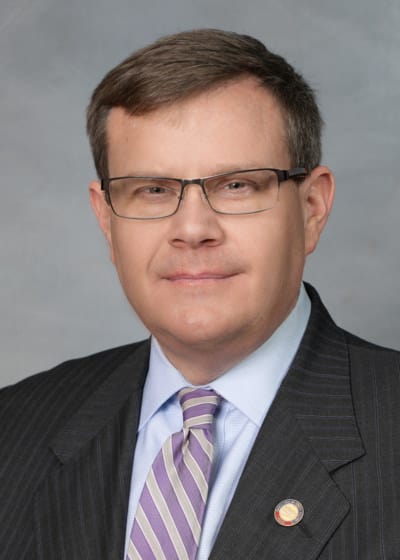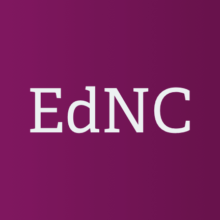The following is a press release from the office of Governor Roy Cooper

RALEIGH: A new grant program will help expand school breakfast access in ten North Carolina School Districts, Governor Roy Cooper and First Lady Kristin Cooper announced today. As part of the 2018-19 Breakfast After the Bell Initiative, 10 North Carolina school districts will receive grant funding through No Kid Hungry and The Dairy Alliance to implement innovative breakfast programs in one or more schools each.
“Studies have shown that kids who start the day with breakfast perform better at school and have fewer discipline problems,” said Governor Cooper. “Making school breakfast universal and more easily accessible reduces the stigma.”
“We’re committed to ending childhood hunger in North Carolina,” said First Lady Kristin Cooper. “This grant will help ensure students have easy access to breakfast so they can start their day ready to learn, and we would like to see these efforts expanded to support the academic, social-emotional, and health benefits that eating breakfast brings.”
The program means grants totaling approximately $105,000 are being awarded to the following ten public school districts in North Carolina: Anson County Schools, Cabarrus County Schools, Cumberland County Schools, Edgecombe County Schools, Gaston County Schools, Johnston County Schools, Kannapolis City Schools, Public Schools of Robeson County, Wayne County Public Schools, and Winston-Salem/Forsyth County Schools. Each participating school district will receive between approximately $8,000 and $12,276.
These ten school districts were deemed eligible based on specific criteria set by the North Carolina School Breakfast Leadership Team using NC Department of Public Instruction meal claim data for the 2017-18 school year. The districts selected to participate also demonstrate the opportunity to increase school breakfast participation.
Breakfast After the Bell Models include:
Breakfast in the Classroom: Students eat breakfast in their classroom after the official start of the school day. On average, schools reach 88 percent breakfast participation with this model.
Grab and Go to the Classroom: Students pick up conveniently packaged breakfast items from mobile carts in high traffic areas, such as hallways or entryways, and eat their meals in the classroom or designated common areas.
Second Chance Breakfast: Second Chance Breakfast is particularly effective for middle and high school students. Students eat breakfast during a break in the morning, often between first and second period. Schools can use an innovative breakfast service model or open their cafeterias during this break.
School Nutrition Managers will monitor implementation and progress of the new breakfast service model within each school. Superintendents, School Nutrition Administrators, Principals, and other school leaders will also provide support.
Almost 60 percent of students in North Carolina qualify for free and reduced meals at school, but only 42 percent of those students eat school breakfast. Innovative Breakfast After the Bell models, such as Breakfast in the Classroom or Grab and Go, are cost-effective, efficient, and remove stigma to ensure more students start their day with a healthy meal.
The School Breakfast Leadership Institute will help school districts take advantage of federal funds, grant opportunities, and other resources to ensure all students begin their day fueled to learn.
The North Carolina School Breakfast Leadership Team consists of representatives from: the Office of the Governor of North Carolina; the Office of the First Lady of North Carolina; the NC Department of Public Instruction’s School Nutrition Services; No Kid Hungry NC; and Bladen County Schools.
Learn more about No Kid Hungry HERE.
Recommended reading



